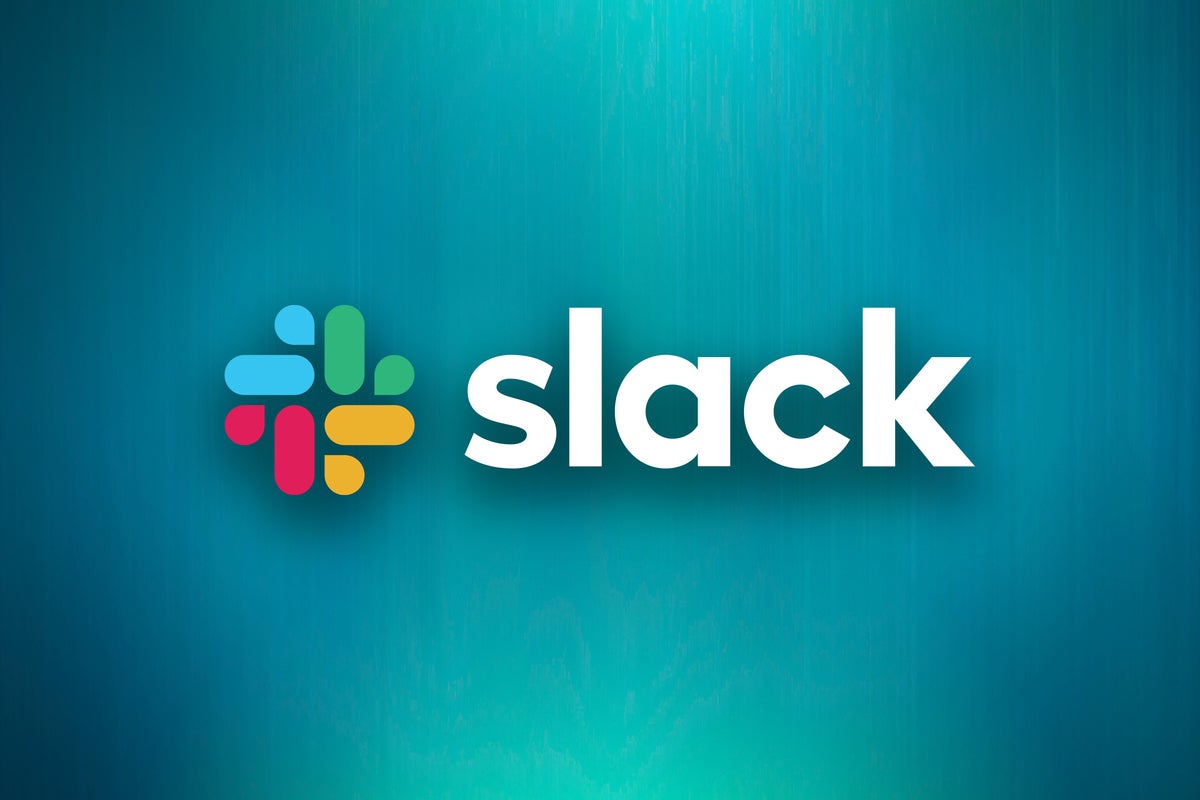Slack has taken another step in its efforts to replace email, adding the ability to send direct messages between users in separate organizations.
The company has been pushing the concept of intercompany communications for a while, first with the introduction of shared channels in 2017 that lets two companies create chat groups for shared projects and more recently with the launch of Slack Connect in June.
The product of extensive re-architecting of Slack’s underlying technology, Connect essentially expanded the reach of shared channels, with support for conversations between employees at many more organizations. It’s an approach that has proved popular: there are now 52,000 organizations working in Slack Connect using 100,000 shared channels.
At the launch of Connect, Slack promised that users would eventually be able to quickly and securely send direct messages to staff in other organizations, too. The idea is that, having already reduced the need for internal emails between co-workers, Slack’s wants to do the same for intercompany communications.
At its Frontiers virtual event Tuesday, Slack announced that Connect Direct Messages are due to launch in early 2021. By sharing a private invite link with an individual such as a client or customer at a “trusted” organization, two users can exchange direct messages.
“Slack Connect is our answer to fully replacing email,” said Brad Mattick, vice president of product marketing at Slack. “The idea [with Connect DMs] is that it's easy and quick to send a note to a partner, vendor or an agency that one is working with.”
Currently, the majority of external communications is still largely done via email or personal texting, said Irwin Lazar, vice president and service director at Nemertes Research.
“Slack users can now stay within Slack and easily communicate with external people, and the communication happens in a manner consistent with governance and security policies," Lazar said. "Today, Cisco Webex Teams and Zoom Chat already have this capability, so it makes sense for Slack to add it as well.”
 Slack
SlackTo make use of direct messages, both organizations must be paid Slack customers — Connect isn’t available to users on the free tier. Also, Slack admins at each organization must grant permission for staff to send messages to each other before direct messages are enabled.
After this, workers can locate peers in linked organizations by searching within a directory in the Slack app.
Slack is also introducing a “checkmark” verification system to give confidence that users are connecting with the right company before employees send DMs. Set for launch early next year, this will act like Twitter’s “blue tick” to denote that Slack has verified the company is trusted.
Enhanced security is one of the advantages Connect has over email, said Mattick, because it can help prevent spam emails and phishing.
“You can email anyone in the world and if they get your email address it's out there forever,” said Mattick. “They can send you spam, they can send you phishing [attacks]. With verified organizations, you can only receive direct messages from people who are in your verified organization list.”
Also due to launch in early 2021 is the ability for admins to pre-approve channel requests with trusted organizations.
The various updates to Connect will help Slack in its ambitions to replace email for business communications, said Wayne Kurtzman, a research director at IDC.
“Slack is focusing on the right message — and it's where they excel: Channels are easier and more effective ways of communicating, and Slack has doubled down on flexibility and security features,” said Kurtzman.
“Workers expect easy and effective communications internally and with trusted partners. Individual silos of emails do not fit how people communicate today where there are easier and more productive ways to work.”
Automation and video message prototypes
Among the other announcements at Frontiers is an update to the Workplace Builder visual automation tool launched in 2019; it will let users create workflows that integrate with third-party apps. An example would be to use a pre-determined emoji to designate that a message should be directed to incident response app Pager Duty, automatically creating a new incident for engineers to follow-up on.
Slack has also previewed a couple of features under development internally. One is an asynchronous video message feature that lets users record short videos that can be posted in Slack and accessed by co-workers later.
A recent Nemertes Research study of more than 500 companies conducted in April and May indicated that the use of streaming video nearly doubled from 2018, with19.5% now using video streaming, and another 12.5% planning to do so by the end of the year.
“I think the ability to easily add video messages into a Slack channel is another significant announcement,” said Lazar. “Recording and sharing a video in a Slack channel was previously cumbersome and typically involved capturing the video on a cell phone and then sharing it with the Slack channel.
“With video becoming an increasingly popular form of communications, I think this feature will see widespread adoption," he said.
Also being tested internally is an audio chat feature that encourages more spontaneous and less formal conversations between teammates.
The two prototype features are due to arrive “sometime this year,” Slack CEO Stewart Butterfield told The Verge; a Slack spokesperson echoed that, saying the features would arrive by year's end.






